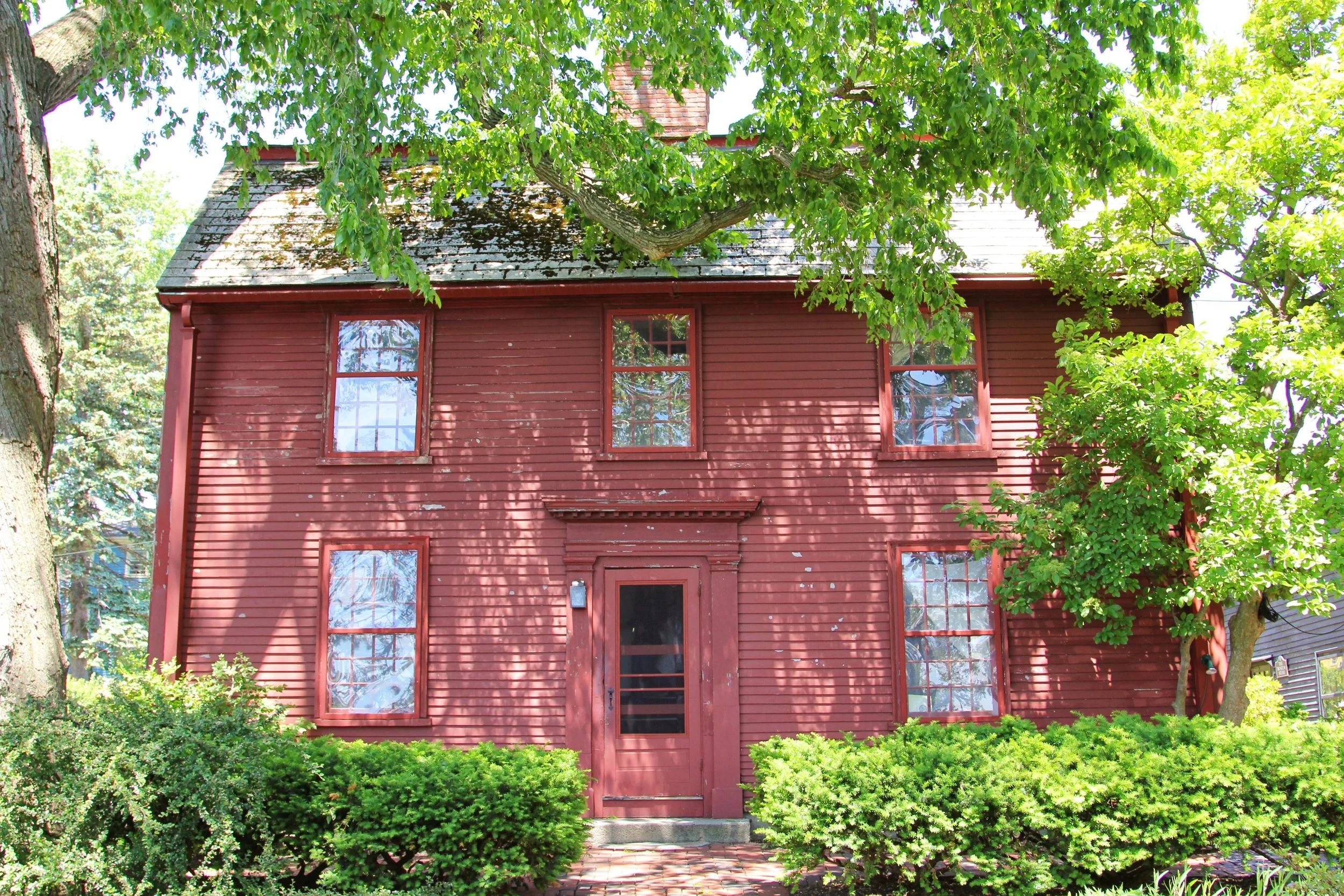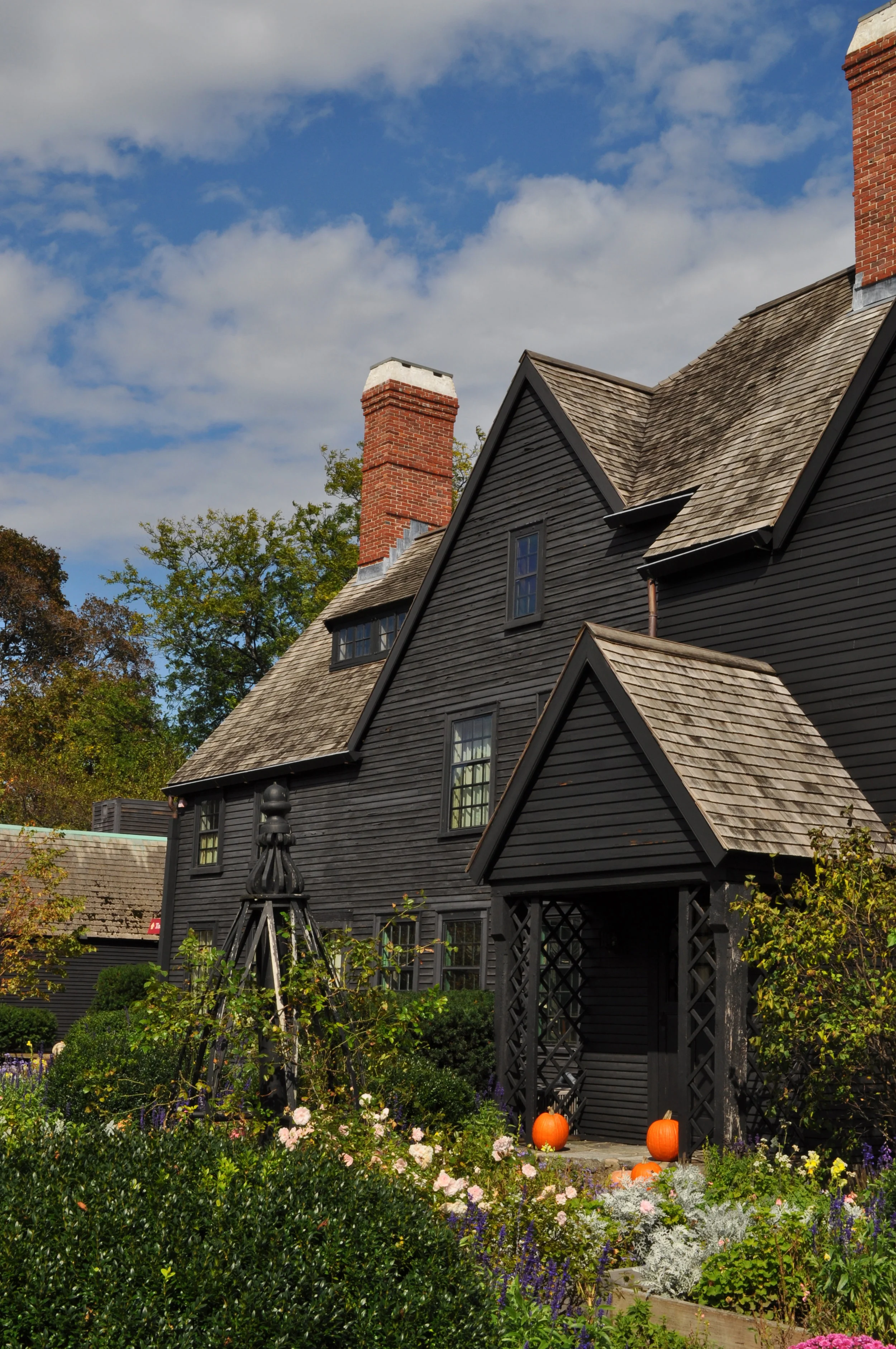A New England Treasure - The House of Seven Gables - Salem, Massachusetts
"Shall we never, never get rid of this Past? …It lies upon the Present like a giant's dead body."
- Nathaniel Hawthorne, The House of the Seven Gables
Written By Alyson Horrocks - For New England Fine Living Magazine - Fall 2015 Issue
Salem, Massachusetts, a historic seaside town on the North Shore, is most closely associated with the witch trials of 1692. However, the city has a rich history beyond that dark moment in its Puritan past. It went on to become the wealthiest seaport per capita in the early 19th century, as evidenced by the beautiful brick mansions owned by those made wealthy by the shipping trade. Salem’s own native son, Nathaniel Hawthorne, was expert at exploring how past mistakes inform the present. These themes run deep in his novels, especially The Scarlet Letter and The House of the Seven Gables. Salem’s complex history can be explored at The House of the Seven Gables historic site today.
Photo of the gardens at The House of Seven Gable by Linda Smith Davis
In the garden at The House of Seven Gables.
When visiting the mansion, the most striking feature is that of the steeply-pitched gables of varying heights which dominate each side of the 17th century mansion. A quaint, manicured garden surrounding it enhances the stunning view of Salem Harbor from the property. The Seven Gables home was owned by Nathaniel Hawthorne’s cousin, Susanna Ingersoll, in the 19th century, and he was a frequent visitor. Within its walls, Hawthorne was entertained by the tales and history of his cousin’s property, likely stirring his simmering imagination. This house, with its famed seven gables, became the inspiration for the title of Hawthorne's novel and would serve as its greatest symbol.
The theme - that the sins and choices of one generation will visit successive generations - is something that Nathaniel Hawthorne understood well. The shame that his own ancestor, Judge John Hathorne, sent innocent people to their death during the Salem Witch Trials weighed heavily on Hawthorne. He understood that often, our choices become our fate, and sometimes our curse. However, in Hawthorne's novel The House of theSeven Gables we discover that fate can be overthrown for free will, if only we can break down our own deeply-ingrained, preconceived limits.
Author Nathaniel Hawthorne
"For, what other dungeon is so dark as one's own heart! What jailer so inexorable as one's self!"
- The House of the Seven Gables
In a story filled with such gothic elements as ghosts, a decaying spooky house, witches, and curses, the theme plays out well in The House of theSeven Gables. The greedy 17th Colonel Pycheon of the novel gains valuable property through deception. This ultimately leads to tragedy, and this sin is visited upon his descendants through a powerful curse. The once powerful and wealthy family descends to near poverty.
Over a century ago, in 1907, Caroline Emmerton bought and restored the Turner-Ingersoll mansion, once owned by Hawthorne’s cousin, and opened it for tours. Capitalizing on the fact that the house inspired Hawhorne's book, it became known as The House of the Seven Gables, and many of its rooms were staged as scenes from the novel.
Nathaniel Hawthorne's Birthplace, A historic colonial in Salem, Massachusetts - photo supplied by The House of Seven Gables
Other antique, colonial homes of Salem, once in danger of falling into disrepair or demolition, have been moved to the Seven Gables property, including Hawthorne’s own birthplace.
All of these decaying relics of the past have found their renewal and restoration among the blooming gardens and breathtaking harbor views at The House of the Seven Gables. The happy ending for these historic homes reflects the hopeful fate for the characters in the novel for which the property is named. By the novel’s conclusion, the characters break free from past burdens and start anew. While looking at the past and the restoration of these old homes, Caroline Emmerton played into the novel’s theme of redemption and restoration and created a plan to break the curse of past generations. Salem has seemingly broken its own curse and employed its infamous past to grow into a thriving tourist town.
Photo Linda Smith Davis - The House of Seven Gables
Photo via The House of Seven Gables
the home in the fall via The House of Seven Gables - Salem, MA
The House of Seven Gables is the perfect embodiment of Salem’s past. Not only is it a beautiful place to visit, visitors can also sit in the gardens, read a book, and look out to the harbor while imagining life in Salem many generations ago.
For more information about this property or taking a tour of the home and the museum, please visit their website 7gables.org







